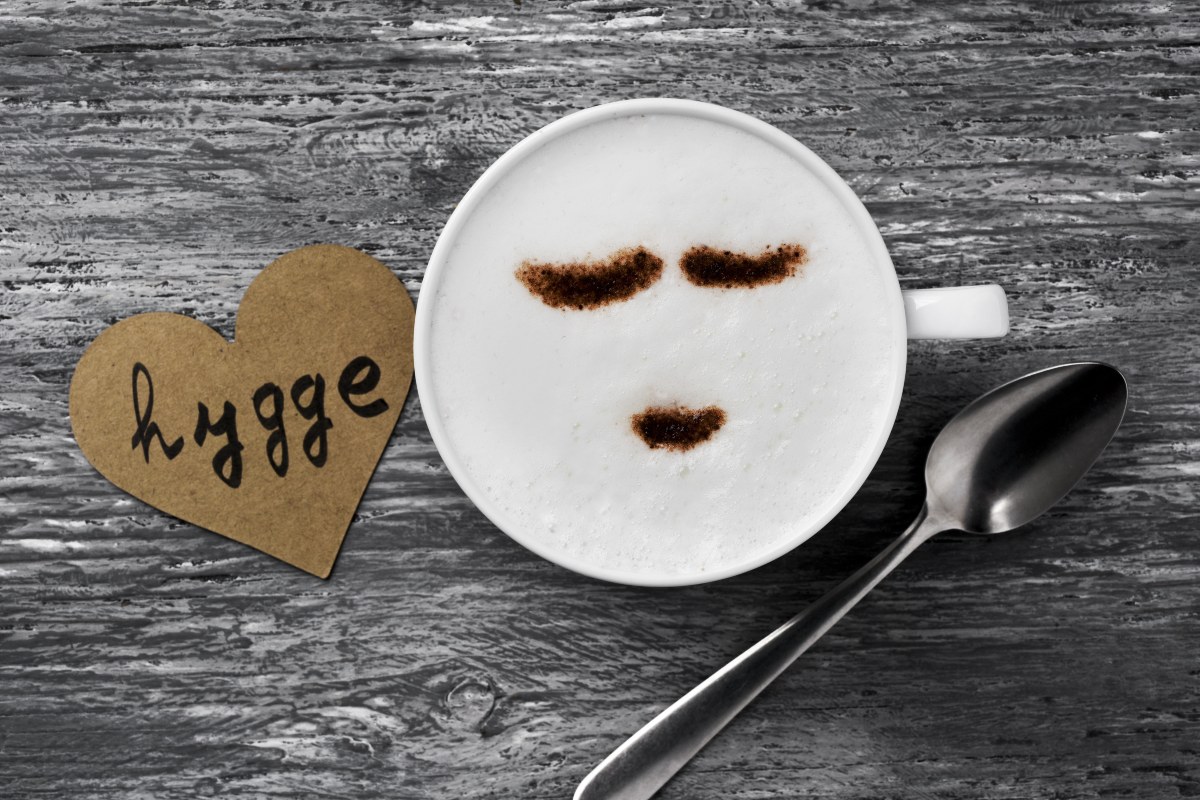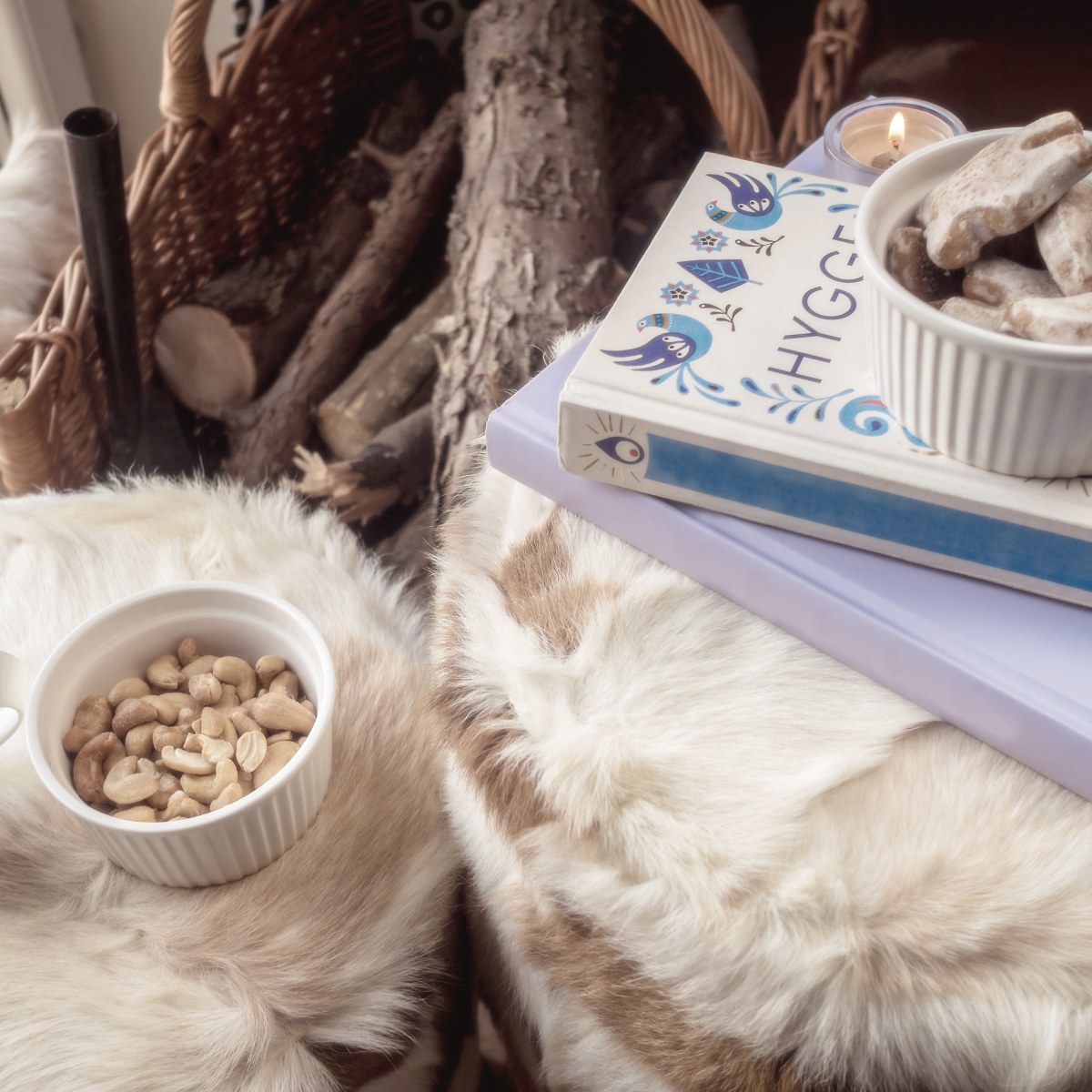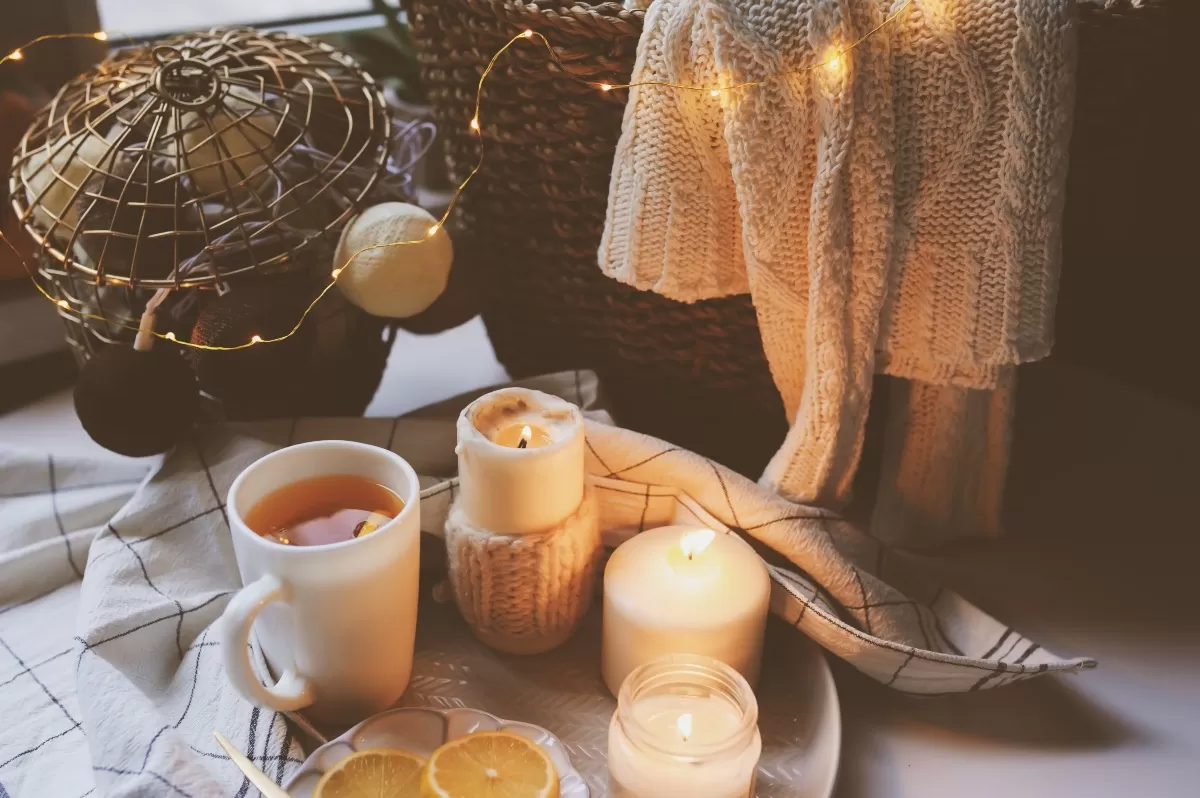to huge for the Danes it is a way of life. It’s just a word, but it encapsulates the whole philosophy of their lives.
Hygge (pronounced hoo-gah) as a word has its roots in the 18th century, but in recent years it has become widely known around the world after being “discovered” by writers on well-being. A typical example is Charlotte Abrahams with the book “Hygge: A Celebration of Simple Pleasures, Living the Danish Way” or “The Little Book of Hygge”, by Meik Wiking.
There is no exact translation of this word – although it seems to be related to the English word hug, which means an embrace. In essence, this is the self-love, the Danish concept of comfort, that we need. The Scandinavian term encompasses a sense of coziness, contentment and well-being found through a love of the little things.
Not many years ago, the Danish concept of hygge became a popular item in the global lexicon. Between 2016 and 2017 alone, more than 30 books were published about her “comfortable” lifestyle Denmark and major publications such as the New York Times and the Guardian have issued “philosophical” musings on the subject, while almost every leisure and even bedding – and home goods company uses the term to advertise their products. The word Denmark even made the 2016 shortlist Oxford word of the year which annually highlights the most widely used expressions that “have lasting potential for cultural significance.”
That the Scandinavian concept of hygge has reached a level of international fascination during the period of Brexit in the United Kingdom and the Trump presidential election in the United States is fitting. The concept, which is rooted in comfort, companionship and well-being, is inherently soothing. In times of upheaval, when both public and personal notions of safety and community are at risk, it’s common to crave some of the sensations that hygge evokes. Accordingly, in some other period of global uncertainty it is considered appropriate to revise the term (eg the pandemic period).
Here’s everything you need to know about the concept of hygge, including how you can embrace aspects of the lifestyle right now, when most of us probably need it.
What does hygge mean?
Hygge is defined by the Oxford English Dictionary as “a quality of coziness and comfort that evokes a sense of contentment or well-being, seen as a defining characteristic of Danish culture.” Although the word cannot be directly translated into English, it connotes a general sense of comfort, charm, simplicity, and community. (It is similar to the German idea gemütlichkeit, the Dutch term gezelligheid, and the Swedish word mys.)
The concept of hygge can be traced back to the early 1800s in Denmark, explains Dane Meik Viking, founder of the Copenhagen Institute for Happiness Research, in the New York Times bestseller The Little Book of Hygge: Danish Secrets to Happy Living (William Morrow, 2017). ). Although the concept of hygge is more central to Denmark, the term actually comes from a Norwegian word, hugga, which loosely means “to comfort” and is also related to the English word “hug.”
How do Scandinavians do hygge?
At The Little Book of Hygge Wiking, whose think tank revolves around researching the causes and effects of human happiness, lays out the key principles of hygge in Denmark, which include atmosphere, presence (the ability to focus on the present moment), pleasure, gratitude, comfort and friendship. The concept of hygge is being grateful and enjoying the simple pleasures that bring you joy, according to Wiking.
The Danes practice the idea all year round, whether they are enjoying dinner in the courtyard in the summer or drinking tea by the fireplace in the winter – which in Scandinavia is usually very long, cold and full of dreary days. But hygge isn’t just for the Danes – it’s also practiced in neighboring Nordic countries like Norway and Sweden. (However, the Swedes use their own word to describe this concept, as mentioned earlier: mys, but they also have the famous fika.) Despite the harsh weather, all Scandinavian nations regularly rank among the happiest countries in the world according to World Happiness Report, an annual survey that ranks countries based on how happy their citizens perceive themselves to be. In 2022, Denmark followed closely behind Finland, which was in first place, likewise in 2023 in first place Finland and Denmark in second place, while the other Nordic countries are also very high on the list for 2023 Sweden in 6th place and Norway on the 7th.
However, as Wiking noted in a 2018 interview with a prominent British media outlet, it is important to recognize that Scandinavians may be freer to pursue life’s simple pleasures because many Nordic countries ensure that the basic needs of their citizens are content to provide things like free college education, social security, universal health care, and paid family leave—something that, say, Americans and other nations don’t have access to.
However, hygge can mean something different to everyone: simple comfort is – by its very nature – a matter of subjectivity. When you are sitting with a soft blanket and the book you want to read, it can be considered hygge. If you look out the window on a clear day and feel your face warm in the sunlight, that can also be considered hygge. Maybe it’s a night indoors with friends and a table full of board games. After all, more important than how hygge looks is how it feels. For some, hygge is most associated with Christmas or the winter holidays – a time when slowing down, enjoying the company of loved ones and taking a moment to have fun is wholeheartedly encouraged.


What are the principles of hygge lifestyle?
For Norwegian chef Signe Johansen, author of How to Hygge: The Nordic Secrets to a Happy Life (St. Martin’s Griffin, 2017), the concept of hygge can often be associated with specific foods and drinks, such as cardamom and cardamom cakes) or gløgg, Scandinavian mulled wine with cardamom pods and star anise. In “Hygge: The Danish Art of Happiness” (Michael Joseph, 2017), Danish author Marie Turrell Söderberg points out household items commonly considered hyggelig (the adjective form), including candles, fireplaces, knitted blankets, and woolen slippers. ..
In Danish, certain words refer to items that evoke a sense of hygge. “Hyggebukser” for example means the pants you wear when relaxing at home, and “hyggekrog” is often used in relation to a cozy corner or a favorite armchair. Combine hygge with the Danish word for socks ( sokker ) and you get “hyggesokker” or incredibly comfortable socks. Place it in front of the Danish word snak (chat) to make “hyggesnak”, which refers to charming chat.
While the Danish concept of hygge is often associated with consumer items such as candles and blankets, most Danes (and other Scandinavians) argue that leading a hygge lifestyle does not necessarily equate to buying more – after all, Scandinavian culture also has a philosophy of minimalism “Less is more”… but that’s another conversation. Outdoor activities such as cycling, forest walks and stargazing are considered hygienic. Even indoors, you can embrace the concept of hygge by making yourself a cup of hot coffee and inviting friends and family over for a chat or doing a puzzle in the living room. When you’re feeling particularly inspired, you can cook a dish you’ve never tried before or start an arts and crafts venture, like scrapbooking, with whatever you have on hand.

The most important aspect to be perceived about the “comfortable” Danish way of life can be summarized in “The Book of Hygge: The Danish Art of Contentment, Comfort, and Connection” (Plume, 2017) by the Danish-English author Louisa Thomsen Brits. At its core, the author writes, hygge is simply “a practical way of creating a sanctuary in the midst of a very real life.”
The health benefits of hygge
There are very real health benefits associated with adopting a hygge lifestyle (besides being happier overall). According to the Thrive Center, a group focused on providing mental health services, comfort can help promote safety and comfort. Very Well also reports that hospitality can help increase feelings of self-esteem and optimism, as well as self-compassion. The effects can be more than short-lived: when stress levels are reduced, less energy is expended, so the potential risks are fewer. . . and better sleep follows. And after all, who doesn’t like that?

